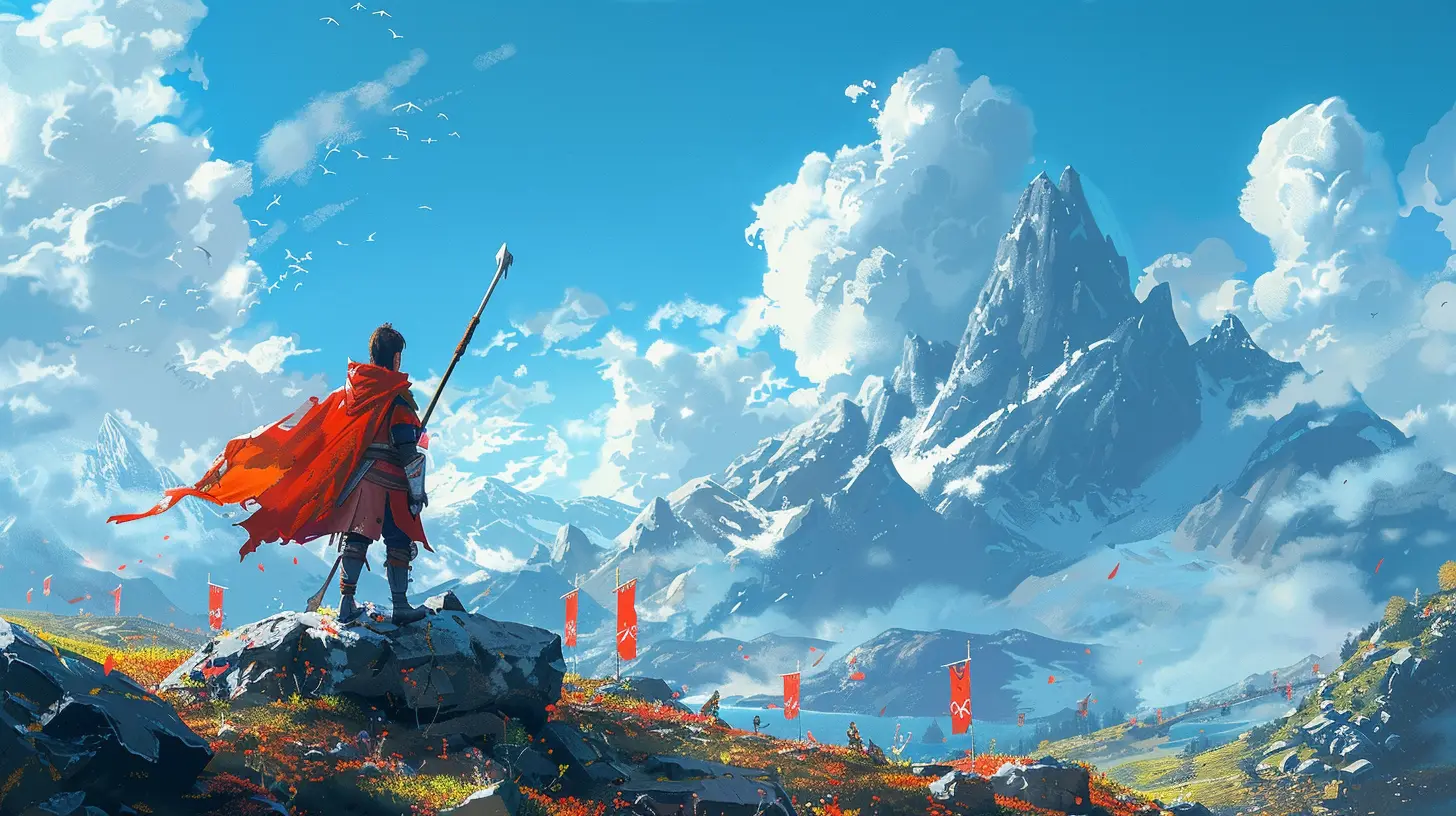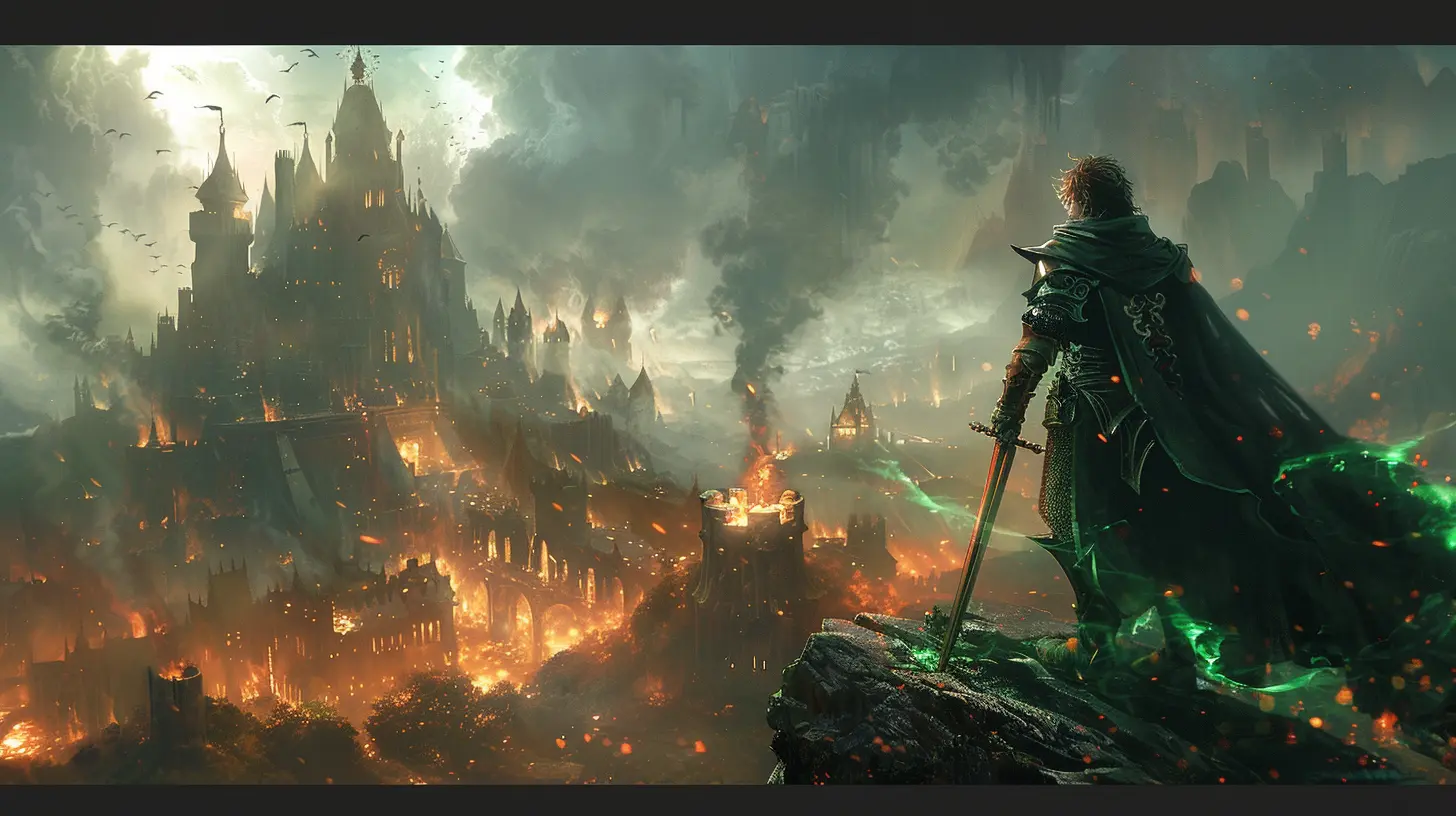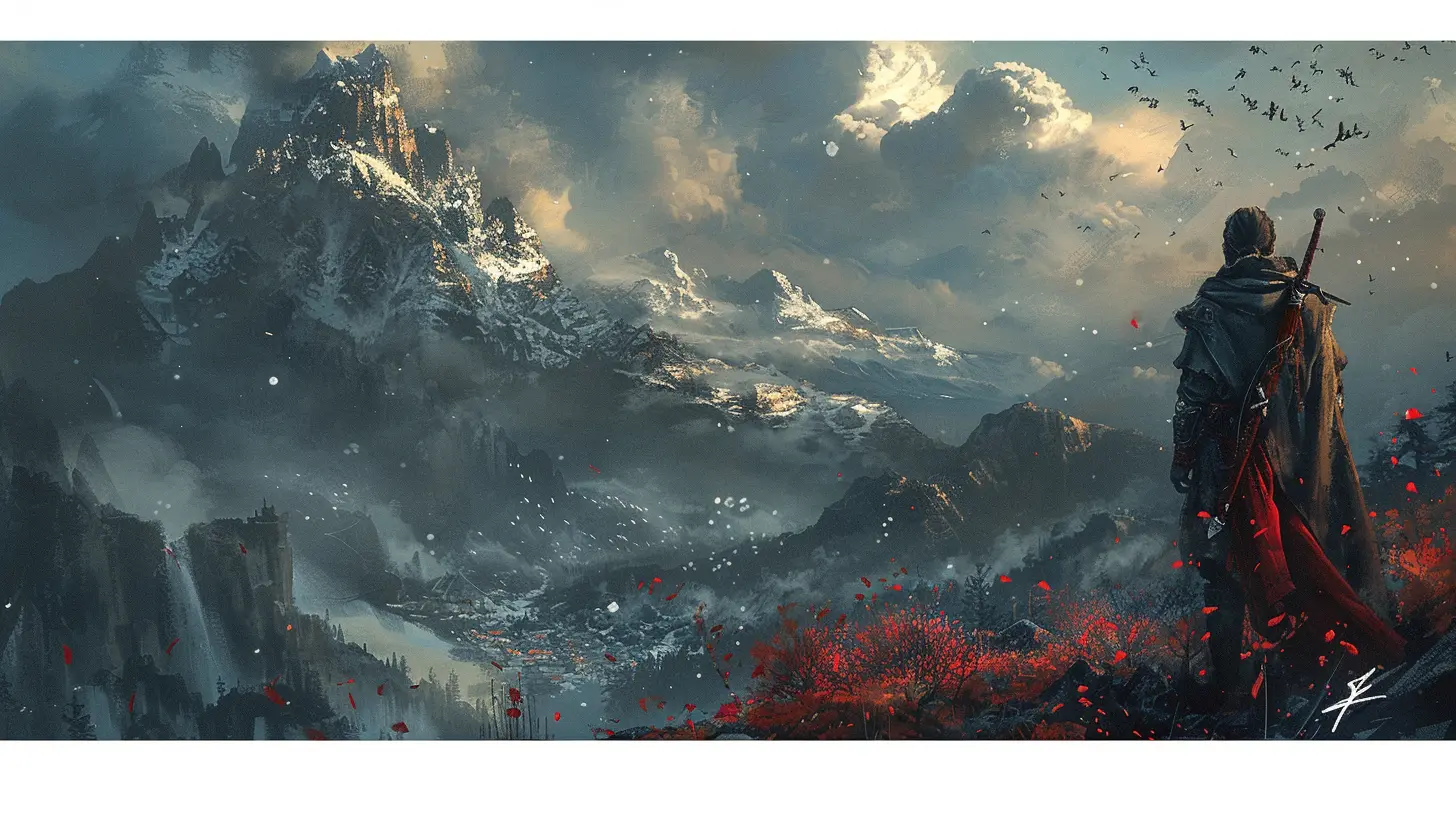How to Choose Between Kickstarter, IndieGoGo, and Other Crowdfunding Platforms for Games
28 June 2025
So, you’ve got this killer idea for a game. Maybe it’s an indie card game, a digital RPG, or even a full-blown tabletop experience with intricate lore and custom minis. It’s your baby, and now you’re thinking, “How the heck do I get this funded?”
Crowdfunding seems like the obvious route, right? But there’s a twist — you’re staring down multiple platforms: Kickstarter, IndieGoGo, Gamefound, BackerKit, and a few others whispering from the dark corners of the internet.
So which one should you choose?
Good question — and it's not just about flipping a coin. Choosing the right crowdfunding platform can be the difference between your game exploding into a wild success or fading into the abyss of unfinished dreams.
Grab your favorite energy drink and let’s unpack this puzzle step by step.
Why Crowdfunding Is a Big Freakin’ Deal for Game Creators
Before we start dissecting each platform, let’s get one thing straight: crowdfunding is a game-changer (pun totally intended).It’s not just about raking in funds. It’s about:
- Building a community
- Gauging interest before diving in
- Getting brutally honest feedback
- Creating hype
- Getting discovered by people who weren’t even looking for your game
In short, it’s your marketing launchpad and funding engine rolled into one — like a magic sword with stats in both charm and damage.
But not all platforms are equal, and each one caters to different needs. Let’s break them down.
Kickstarter: The Pop Star of Game Crowdfunding
What Makes Kickstarter So Popular?
Kickstarter is basically the Taylor Swift of crowdfunding platforms. Everybody knows it, everybody’s heard of it, and in the board game and indie game space — it’s kind of the default choice.Launched in 2009, it’s helped thousands of creators bring their games to life. If your game is on Kickstarter, it automatically gets a level of legitimacy. People trust it. Plus, they have a huge ecosystem of backers who actively browse the platform looking for cool projects.
Pros of Using Kickstarter for Games
- 🔥 Massive built-in audience- 🎯 Game projects perform exceptionally well
- 🚀 Strong project discovery algorithm
- 🌍 International reach
- 💥 Social proof — “Oh hey, it’s on Kickstarter!”
Cons of Using Kickstarter
- 💸 All-or-nothing funding model (if you don’t hit the goal, you get zilch)- 🤖 Not much backend support after funding ends
- 💬 Communication tools are a bit limited
- 💰 Fees can add up (5% platform + payment processing)
Best For:
Game creators who want to hit it big, tap into a ready audience, and have polished marketing assets (trailer, images, prototype). It’s great if you want major exposure and are confident you can hit your funding goal.
IndieGoGo: The Flexible Underdog with a Tech Vibe
What Makes IndieGoGo Different?
IndieGoGo often feels like the indie rock version of Kickstarter — a little scrappier, a little more flexible, and with a strong following in tech and innovation projects.But here’s the catch — while it's great for gadgets and cool inventions, it doesn’t have the same magnetic pull for game backers as Kickstarter does.
Pros of IndieGoGo
- 🔁 Flexible funding option (you keep whatever money you raise)- ⏳ Can extend your campaign after it ends with "InDemand"
- 💥 Bonus tools like A/B testing and campaign insights
- 🌍 Also international-friendly
Cons of IndieGoGo
- 🚨 Smaller gaming community- 🧭 Not as intuitive for game backers
- 👀 Perceived as second-place if you failed on Kickstarter first
- 💰 Similar platform and processing fees
Best For:
Developers who want more flexibility, are okay with niche exposure, or have already built a loyal community off-platform. Also solid for digital games, niche hardware for gamers, or second waves after a Kickstarter campaign.
Gamefound: The Game-Only Focused Powerhouse
What Is Gamefound?
This one’s a bit of a newcomer but it’s climbing the ranks fast. Created by Awaken Realms, a board game publisher, Gamefound is dedicated 100% to games. So no smart luggage or potato salad projects here — just games, games, and more games.Pros of Gamefound
- 🕹️ Built entirely for game creators and backers- 🧰 Deep integration with stretch goals, add-ons, and shipping settings
- 🧡 Strong community of hardcore gamers
- 🌀 Built-in pledge manager (huge bonus!)
- 👾 Editors built specifically for games
Cons of Gamefound
- 🤏 Smaller audience than Kickstarter- 🚫 Currently only accepts selected projects
- 🛠️ Still developing discovery and browsing features
- 🤝 You’ll need a plan to bring your own crowd
Best For:
Board game creators with complex campaigns, multiple SKUs, or heavy fulfillment needs. Also great for veterans doing second campaigns or who want more tools built specifically for the gaming industry.BackerKit: The Secret Weapon for Post-Kickstarter Success
Isn’t BackerKit Just for Pledge Management?
Mostly, yes. But they’ve recently dipped into the crowdfunding pool with their own platform. BackerKit has been the go-to tool for post-campaign support — think surveys, shipping, taxes, and late pledges.Now, they want to be involved from the beginning.
Pros of BackerKit Crowdfunding
- 🙌 Built by people who know crowdfunding inside and out- 📬 Incredible backer management tools
- 🧩 Seamless transition from funding to fulfillment
- 💡 Strong connections with logistics and marketing partners
Cons of BackerKit
- 🕵️♂️ Still building up their early backer culture- 🧩 Not as intuitive for everyday consumers yet
Best For:
Game developers who’ve done campaigns before and want streamlined operations and logistics. Also solid for smaller campaigns with clever strategies and targeted marketing.Other Platforms to Keep on Your Radar
Sure, Kickstarter and IndieGoGo dominate the headlines. But there are a few other interesting players, depending on your niche:- Itch.io – Fantastic for small indie digital games. Think of it like Etsy for pixel pushers.
- Ulule – Big in Europe if you’re targeting a French-speaking or EU-centric audience.
- Patreon – Not traditional crowdfunding, but perfect for episodic games or creators who want monthly support.
- Funded Here / Maven – For ultra-niche audiences or equity-based funding (typically not for games).
So… How Do You Actually Choose?
Good question. Let’s walk through a decision checklist together, shall we?1. What Platform Does Your Audience Already Use?
This is massive. If you’re building a board game, your audience is probably already browsing Kickstarter or Gamefound. If your community is more tech-leaning or indie, IndieGoGo might be more their speed.Ask around. Run polls. Check where similar games launched. Don't play guessing games here.
2. Can You Afford to Fail?
If you launch on Kickstarter and don’t hit your goal — the campaign fails, and you get zero. That can be a gut-punch. IndieGoGo lets you take what you raise, even if it’s short.Gamefound is invite-only right now, so you may need to already have traction, meaning the risk is lower.
3. How Complex Is Your Game?
Do you have a million components, levels, tiers, add-ons, and shipping zones? Gamefound and BackerKit are built to support intricate product builds. Kickstarter can do it too, but with more workarounds.4. How Polished Is Your Campaign?
Kickstarter campaigns need to shine. High-res images, snappy trailers, pro-tier game design — the works. If you’re still refining that and just want to test water, IndieGoGo’s flexible funding can ease the pressure.5. Are You Building a Long-Term Brand?
Think in the long run. Kickstarter’s massive exposure might bring in casual browsers. But BackerKit or Gamefound offers better tools to retain and nurture your audience — especially if this is the first in a series of future games.Wrapping It All Up: The Platform You Choose Is a Strategy
There’s no “best” platform… only the one that makes the most sense for your goals.If your game’s future depends on visibility and social proof? Go with Kickstarter.
If you’re testing ideas, need flexibility, and already have a community? IndieGoGo might be your jam.
If you're building a high-complexity board game with lots of SKUs and fulfillment variables? Gamefound or BackerKit could save your sanity.
At the end of the day, the platform is just the stage. Your campaign is the performance. Make sure your game shines, your story connects, and your plan is airtight.
Because let’s be real — people don’t back products. They back people. Build trust, start small if needed, and pick the platform that plays to your strengths.
And whatever you do — don’t hit launch just because everyone else is. You’ve got this!
all images in this post were generated using AI tools
Category:
CrowdfundingAuthor:

Greyson McVeigh
Discussion
rate this article
1 comments
Rocket Cain
Evaluate platform fees, audience reach, and project goals for success.
July 10, 2025 at 3:42 AM

Greyson McVeigh
Absolutely! When choosing a crowdfunding platform, carefully assess the fees, potential audience size, and how well each aligns with your project's specific goals to ensure success.


